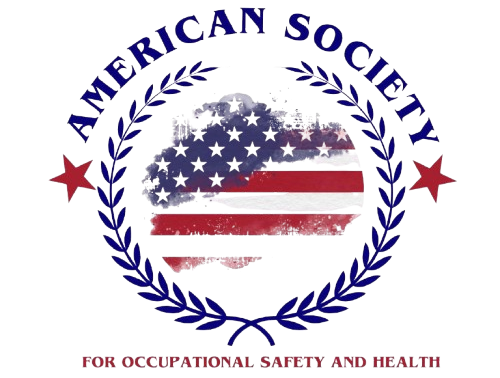Providing participants with modern and advanced foundations in the field of merit in managing and preventing serious accidents and severe pressure in order to achieve a high degree of skill within the safety department and in controlling risks and preventing accidents facing the facility and upgrading the high efficiency of trainees in order to achieve risk control and work performance within the safety department easily and easily and with high efficiency to the degree of professionalism.
Course Objectives:
At the end of this program, the participant will be able to:
- Participants acquire modern skills and methods in the field of public safety
- Enable each trainee to develop operational plans for public safety in any facility
- Familiarize trainees with modern methods in the field of security and safety and strategies for protecting buildings and facilities
- Global tools, methods and methods for the protection of buildings and facilities
- Enable each trainee to prepare emergency plans for facilities and buildings
- Developing participants’ skills with special skills in the scope of dealing with crises and disasters
- Empowering trainees on how to make emergency plans in accordance with modern international standards
- Analyze and assess business risks and develop and apply control mechanisms
- Identify the various risks of the work environment and deal effectively with these risks
- Effective inspection of the occupational health and safety system in the facility
- Enable trainees to conduct accident investigation in a professional manner
Target Groups:
- Work supervisors
- Safety and middle management officers
- Safety & Security Managers
- Project Managers
Main contents:
Planning for disaster and critical incident management:
- Management and security are basic concepts
- Security risks, threats and incidents
- Accident Safety Strategies
- The concept of a serious accident
- Accident and disaster management concepts
- Nature, characteristics and types of serious accidents
- Repercussions of security incidents
- Strategies.Security Disaster Management
- Command and control centers for disaster management
- Readiness and degrees of security readiness
Organization and management of security crises and disasters:
- Responsibilities and Supreme Security Authorities
- Information System and Studies
- Security Incident Management Plan and Analysis
- Follow-up, evaluation and supporting elements
- Disaster Response Team
- Duties and tasks of disaster management teams.
- Accident Investigation
Critical Accident Operations Management:
- Department of Serious Security Incident Prevention Operations
- Critical quick decisions
- Security negotiation in crises
- Security Negotiation Strategies
- Negotiation team skills and success factors
- Guidelines and tips for security negotiators
- Security media strategy in disaster management.
- Recording the facts of the security incident operations
- Accident reports
Security scenarios in the face of serious accidents:
- The concept of the security scenario
- Accident Avoiding Strategies
- The importance of developing a security scenario
- Methods of spreading security awareness
- Types of security scenarios
- Elements of the security scenario
- Building a security scenario
- The nature of individuals involved in the implementation of security scenarios
- The nature of the armament expected to be used in the scenario in question.
- The nature of the places expected as theaters for the management of security disasters.
Dealing under high levels of stress:
- Critical Accident Teams
- Pressures on the security element
- High-end training for security personnel
- Stress training
- Modern methods and tools to face disaster stress
- Stress during rescue operations
- Requirements and components of the strategy to resist stress
- Making decisions under pressure
- Applied cases of security incidents (analysis and discussion)
Course Features
- Lecture 0
- Quiz 0
- Duration 55 hours
- Skill level All levels
- Language English
- Students 28
- Certificate No
- Assessments Yes







